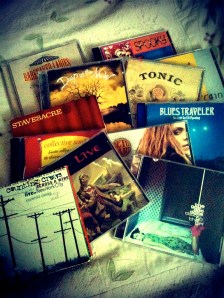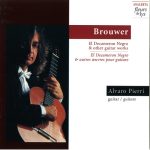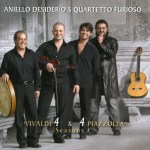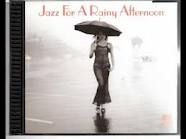
Hidden in the back of a closet, a box of audio CDs
Is it possible to keep secrets or hide treasure in such an open, immediate society? Think of the secrets between Edward Mayhew and Florence Ponting of On Chesil Beach. It was a different time and place. Or maybe the quiet understanding between Primo and Secondo in the final moments of Big Night. Again, those were different times. A world before the internet and mobile devices and social media. Even in fictional works, you recognize how culture changes and you change with it.
My thoughts kept drifting back to that theme this weekend. A week or so ago, I opened the cardboard box to find two neat rows of artifacts from the late 1990s. Compact discs. CDs. Seems much more tangible than finding two rows of “moving picture experts group” (MPEG) files when referring to audio music. (Even composing that sentence seems clunky and unsophisticated.) This collection of music was packed into a cardboard box and was supposed to be unpacked when I relocated to Asheville. The box remained sealed like a time capsule.
My Beauty and I rented a space in Asheville that was twice the cost of our previous house and half the size. It was the most affordable place we could find at the time. A lot of boxes remained unpacked because there was no space to expand. Now as we pack things up again, I decide to keep this cardboard box open, listen to Tonic’s Lemon Parade, Goo Goo Doll’s Dizzy Up The Girl, and reflect on how different these times are compared to the late 1990s.
At that time, Bill Clinton was president of the U.S. and Boris Yeltsin was the first president of the Russian Federation. There was no Twitter revolution. Americans would get together in homes or apartments to share supper and snacks while watching the latest episode of the television shows ER, Friends or Party of Five. That was before the rise of the cult of white box worshippers [1] and the advent of Netflix. There seemed to be a greater sense of community. Or maybe that’s just 1990s nostalgia.
During that time, I didn’t own a personal computer or laptop. When I returned home from my job as a graphic designer, I would often read books or listened to Blues Traveler, Beth Hart or unknown indie bands like Spooky Tuesday on a CD player while I worked on illustrations or paintings. As I rediscover these albums, I recall paintings I was working on while listening to Days of the New for the first time. When I listen to Stavesacre’s album, friends I haven’t thought of in years fill my mind.
There was a specific evening with coworkers I recall. After work, we often meet up for dinner and a movie. While waiting for food to be served we were discussing the events of the day while enjoying our drinks. One coworker’s teenage daughter, who often joined us on those evenings, said, “There’s no specific movement in the 90s. Not like the 60’s or 70s. I mean, I grew up in the 90s. Even the music is boring. There’s nothing memorable about the 90s.” Maybe that’s teenage naivety, but I think there is much to remember of the late 1990s.
NOTES: [1] This is a reference to an article by Andrew Sullivan that I mentioned years ago in an essay, iPod, therefore iAm?.












